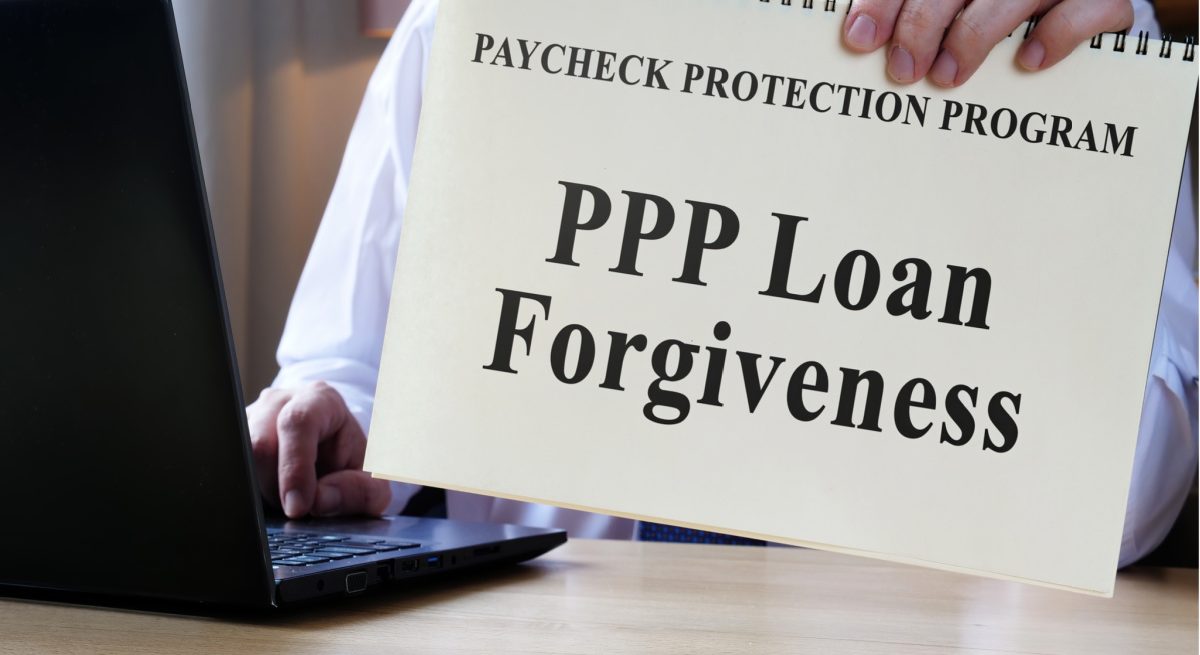What Restaurants Need to Know about PPP Forgiveness, Including Recent Changes
4 Min Read By Alisha Jernack, CPA
Restaurants and retail are among the industries that have been most severely impacted by the current pandemic.
While restaurants certainly include national chains, the majority in the US are independently owned and operated, including franchises. Many have been passed down for generations. Imagine a pandemic shut your entire business down and thinking, “this will be temporary… a few weeks,” as many restaurant owners believed in late February and early March. I am not sure any expected to remain shut down almost four months later.
The Coronavirus Aid, Relief, and Economic Security Act (the “CARES Act”), passed by Congress on March 27, 2020, provided more than $2 trillion in relief for both companies and individuals affected by the COVID-19 pandemic. One of the most popular provisions within the CARES Act was the Paycheck Protection Program (“PPP”), especially for small business owners.
PPP Forgiveness
Rules and limitations of the PPP included borrowing based on 2.5x average monthly payroll, and funds had to be used on payroll costs, rent, utilities and mortgage interest.
What made the PPP so attractive to many was the forgiveness component. Companies would be eligible for forgiveness if they used the funds received on the noted payroll and non-payroll costs within certain parameters. Forgiveness was to be measured over an eight-week period, beginning on the date businesses received the funds. Payroll was to be looked at per employee and was limited to $100K on an annualized and pro-rata basis. 75% of overall forgiveness was to be for payroll costs, reduced in relation to loss of headcount or wage decreases per employee in excess of 25%.
In early April, this sounded great and many rushed to apply for funds. As time went on, companies realized they were not going to be able to use the funds for qualified expenses over a short eight-week period, especially restaurants. Restaurants were shut down as mandated by the government. So how could they pay their employees? There was no flexibility for them to push back the start date of the eight-week period, even though they couldn’t open their doors.
This raised many questions such as, should restaurants pay their employees to not work, simply because they received the funds? Or would they forgo forgiveness and now have debt on their balance sheet that will need to be repaid?
Another provision in the CARES Act was an increase in unemployment pay for individuals. Matched with the Families First Corona Response Act, some furloughed employees were refusing to come back to work. Restaurants today are still finding themselves with doors closed. If they are paying their workforce, they most definitely are doing so with a reduced headcount. Companies depend on the strength of their balance sheet and reserves and in a situation as severe as the pandemic, it may have made more business sense for them to hold on to the PPP funds received.
Several modifications were made to the PPP since the CARES Act was initially signed. In early June, the President signed the Paycheck Protection Program Flexibility Act (“Flex Act”). By this time, many companies were nearing the final week of their eight-week period. Among the Flex Act’s changes, those of most interest to restaurants are the extension of the 8-week period to 24-weeks, exemptions to the headcount and wage reductions for the inability to return to the same level of business due to government mandated shutdowns and relaxation in the split of payroll and non-payroll costs.
Current State for Restaurants: What To Do Now
The Flex Act granted restaurants an extension on using PPP funds in a way that would be deemed eligible for forgiveness, along with exemptions for headcount and potential savings on cash flow by deferring employer payroll taxes. Now what?
Restaurant owners need to plan for business and financial sustainability. They need to take advantage of the funding that has been made available and they need to develop a structured, flexible plan – this can be the difference between business survival and shutdown. Shareholder priorities need to be identified and plans should be aligned. All those responsible for leading the business should be aware of potential risks and results should be closely monitored and the strategy adjusted when necessary.
Business owners should begin by assessing the current impact of the pandemic and detail an expected timeline. It is important to be honest and create realistic financial projections that consider the mid- to long-term pandemic impacts on sales and cash flow. Balance sheets need to be analyzed to determine if they have the strength to survive a period of losses. Restaurant owners should be open minded and consider plans to diversify their current service offerings. This could lead to a whole new business model.
Cost reduction should be considered for both direct and indirect spend across cost categories. For restaurants, some necessary costs may be out of their control. Food prices fluctuate with changes in the supply chain. Companies also need to assess the impact of supply chain issues and staff availability. Companies need to consider key business relationships, which are the most crucial to maintain and how to preserve their competitive advantage. When costs increase, business owners have two options. Absorb the cost increase or increase their prices. Increased prices can negatively impact sales. Another known industry challenge is the linkage to consumer spend.
Having a revised business model and an effective strategic plan could even lead to higher margins and increased returns long-term.
With crisis, comes opportunity. It is critical for business owners to find themselves the right professionals who can act as their trusted advisors, helping them to navigate through these unprecedented times. Having the right relationships can be the key to survival. With the pandemic expected to run its course over the next 12-18 months, matched with an emerging recession, future-proofing your business for the turbulence should be a top priority for restaurant owners.


